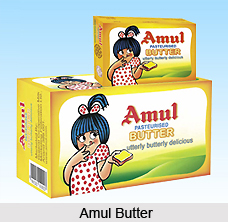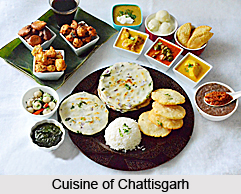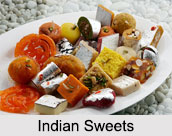 Anand Milk Union Limited or better known as Amul is regarded as a dairy cooperative movement in the Indian subcontinent. The word Amul is derived from the Sanskrit word `amulya` which means invaluable.
Anand Milk Union Limited or better known as Amul is regarded as a dairy cooperative movement in the Indian subcontinent. The word Amul is derived from the Sanskrit word `amulya` which means invaluable.
History of Amul
Formed in the year 1946, Amul initiated the dairy cooperative movement in India. The chairman of the GCMMF, Dr Varghese Kurien, is recognized as the man behind the success of Amul. In fact, Amul was formally registered on 14th December 1946. It also formed an apex cooperative organization called the Gujarat Cooperative Milk Marketing Federation.
The popular movement is being replicated in 70,000 villages in over 200 districts of India. The movement grew so popular that it was channelled towards economic prosperity. It is credited whole-heartedly for transforming the life of the Indian villagers. Not only this, it has also made the nation the largest milk producer in the globe today.
Products of Amul
Amul`s further achievements lie in being one of the largest food brands in the Indian subcontinent with an annual turnover of $500 million. The products of this brand include milk powders, milk, butter, ghee, cheese, Yoghurt, Buttermilk, chocolate, ice cream, cream, shrikhand, paneer, gulab jamuns, flavoured milk, basundi, Amul Pro brand and others. The products under Amul PRO offer whey protein, DHA and essential nutrients.
In January 2006, Amul launched India`s first sports drink, Stamina, which competes with Coca Cola`s Powerade and PepsiCo`s Gatorade. In August 2007, Amul introduced Kool Koko, a chocolate milk brand extending its product offering in the milk products segment. Other Amul brands are Amul Kool, a low-calorie thirst quenching drink; Masti Butter Milk; and Kool Cafe, ready to drink coffee. Amul`s sugar-free Pro-Biotic Ice-cream won The International Dairy Federation Marketing Award for 2007.

Success of Amul
The GCMMF is a state level apex body of milk cooperatives in the state of Gujarat and aims to provide remunerative returns to the farmers and also serve the interest of the consumers by providing quality products, has grown to be the largest organization of food products marketing in the recent times.
The entry of Amul in the production of ice-cream was also regarded successful as it was capable of capturing a large market share within a very short span. Then its entry into the pizza business also proved to be a major success by making the base and the recipes available to the customers in as less a tag of 30.
The Information Technology has played a major and crucial role in the development of the Amul brand. The logistics behind the processing and producing of milk products is carried out with military-like precision. The installation of more than 3000 Automatic Milk Collection System Units (AMCUS) at village societies to capture milk fat content, member information, amount payable to each other and volume collected has proved extremely beneficial in ensuring fairness and transparency in the entire organization.
The success of Amul in leveraging the IT to its maximum advantage lies in the simple fact, that the esteemed organization had a very clear vision. Amul embraced it with much more gusto after a top-level domain cooperative was made available.
 Popularity of Amul
Popularity of Amul
The business of Amul is not only restricted to India. It is available in over 40 countries of the world including UAE, Mauritius, Australia, Bangladesh, Singapore, China, Hong Kong and a few South African countries. Overcoming the failure to enter the Japanese markets in 1994, it has fresh plans of entering the Japanese market soon.
In the month September of 2007, Amul emerged as the leading Indian brand according to a survey by Synovate to find out Asia`s top 1000 Brands.
In 2013, Amul was honoured as the Most Trusted brand in the Food and Beverages sector in The Brand Trust Report, published by Trust Research Advisory.
Advertising Techniques of Amul
The advertising techniques of Amul are very eye-catching. Without depending on any celebrity for promotion, Amul took the help of an imaginary cartoon character, popularly known as the `Amul Girl`.
In the year 1966, Amul hired Sylvester daCunha, then managing director of the advertising agency ASP to design an ad campaign for Amul Butter. daCunha designed a campaign as series of hoardings with topical ads, relating to day-to-day issues. The campaign turned out to be so famous that it grabbed a Guinness World Record. It earned the record for being the longest running ad campaign ever.
The `Amul Girl` has turned into an iconic character who dresses herself in polka dotted attire. For Amul Girl, no subject is taboo and she jovially comments on various current affairs topics with her tongue-in-cheek. To sum up from catchy billboards to being an e-commerce success story, Amul is indeed rural India`s flag bearer in the IT revolution.




















